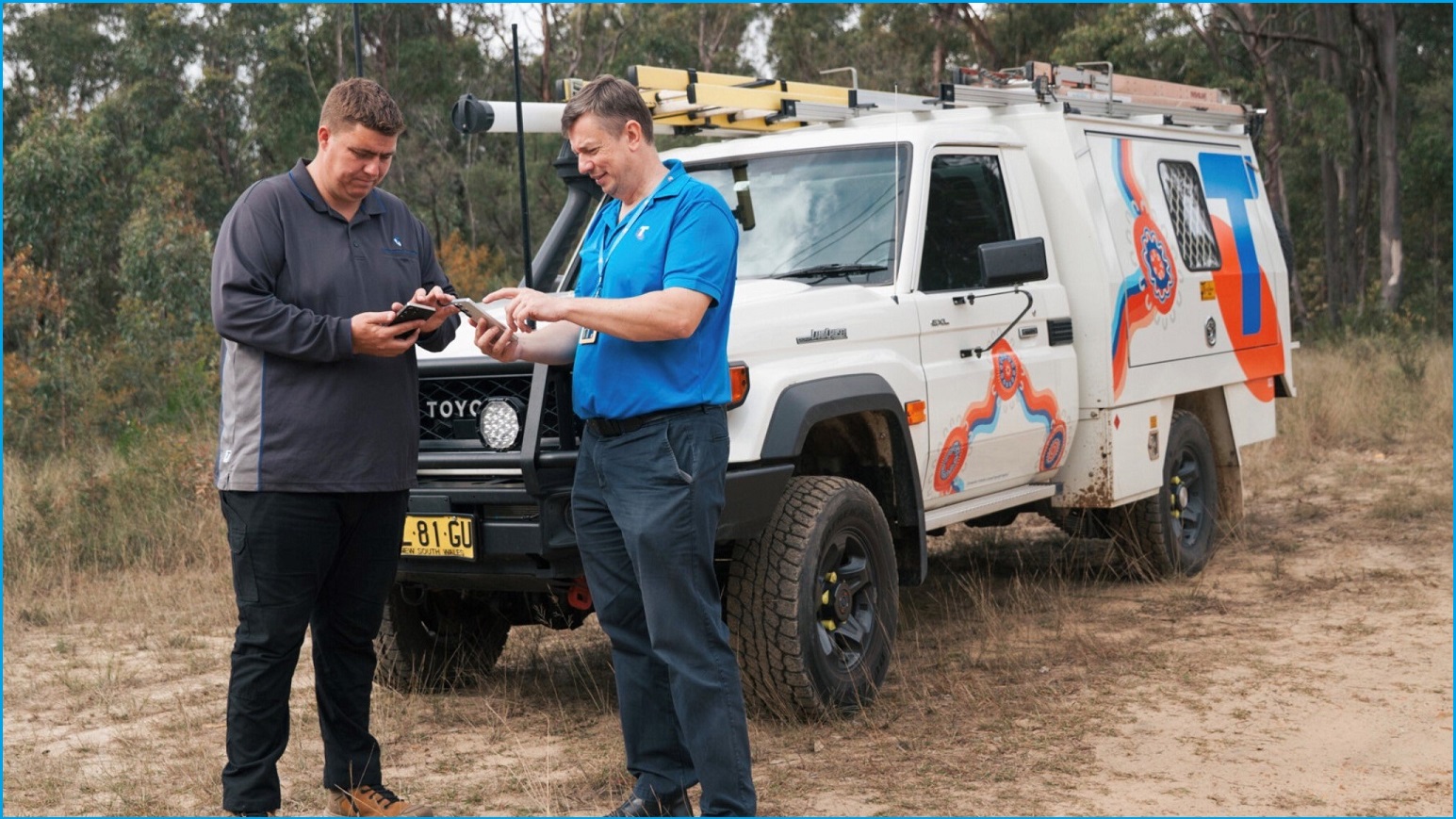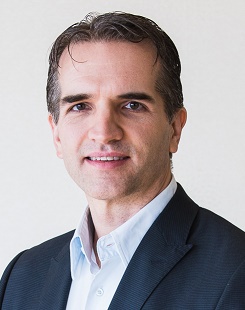Bulky satellite phones have connected remote travellers for decades, but with the launch of Telstra Satellite Messaging (TSM) they’ve been served notice after months of testing confirmed that similar connectivity is possible using everyday smartphones.
Billed as Australia’s first satellite to mobile text messaging service, TSM taps Starlink’s network of low earth orbit (LEO) satellites to enable suitably equipped mobile devices to connect directly to the satellites as they pass overhead.
That means Telstra customers can use the free service to send and receive text messages in even the most remote corners of Australia – offshore territories, islands and parts of WA excluded – that have never had mobile coverage before.
Starlink’s underlying Direct to Cell technology supports a range of smartphones – including the iPhone 14 and later, Google Pixel 9, and Samsung Galaxy A36 and S21 or later – although Telstra will initially focus on Samsung Galaxy S25 devices.
“Being able to send or receive a text message from an outdoor location beyond the range of our mobile network is a significant step forward,” Telstra Consumer executive Tom Beach said, noting TSM “is separate and performs differently to our network.”
While Telstra’s 4G and 5G networks support high-speed broadband, TSM is limited to text messages for now – although Starlink’s long-term plan is to expand the service to support voice calls, Internet connectivity, and Internet of Things (IoT) devices.
“Australia is a very big country, and there are places where our mobile network does not provide coverage,” Telstra technology development and innovation executive Channa Seneviratne explained.
“If you are somebody who lives or works or travels outside of our mobile network coverage, Telstra satellite messaging will be perfect for you.”
Base stations in the sky
Although Starlink’s full network currently has over 6,300 satellites, only around 2,000 of these support Direct to Cell capabilities – which means they have a modem supporting evolved NodeB (eNodeB), a core LTE standard used by 4G and 5G base stations.
When outside of normal mobile network coverage, supported devices will automatically look for a signal from a Direct to Cell capable satellite – which Starlink calls a “cellphone tower in space” – and connect to it like any other mobile roaming service.
The smaller number of Direct to Cell capable satellites means that messages may take seconds or minutes to be delivered depending on current network coverage, although this is likely to improve as Starlink launches more eNodeB-equipped satellites.

Telstra customers can use the free service to send and receive text messages in remote areas. Photo: Telstra
“It is an intermittent service [and] depends on where you are located,” Seneviratne explained. “If a satellite is overhead, the message could be sent instantly, but sometimes it may take a little longer.”
Having already delivered faster Starlink broadband to homes and fixed sites, Telstra announced its plans for Direct to Cell services in January, with engineers spending the intervening months testing it to ensure that it works as intended.
Those engineers sent over 55,000 text messages since the start of April, then travelled to remote areas of the NT, WA, Queensland and NSW to send over 500 messages in a live trial that also confirmed the service supports sending GPS coordinates and emojis.
I’ve texted everywhere, man
Persistent gaps in regional mobile coverage have remained a political issue for years, with bulky satellite phones the only option for remote workers, expeditioners, researchers, emergency services workers and residents of remote villages.
The Australian government is currently undertaking a nationwide driving survey of mobile blackspots, but the ability to send text messages from everyday smartphones in these areas is a significant improvement compared to getting no signal at all.
While TSM can’t be used to make Triple Zero emergency calls, its lack of terrestrial infrastructure will prove valuable where natural disasters have destroyed terrestrial networks – including a recent incident where emergency calls failed during a fatal fire.
Authorities have actively spruiked the benefits of LEO satellite constellations, which underscore government plans to mandate nationwide mobile coverage with a recently proposed Universal Outdoor Mobile Obligation (UOMO).
New Zealand’s One NZ was the first telco to launch Direct to Cell services – with over one million messages sent in its first weeks – and Optus is also on a list of Starlink partners that includes telcos in the USA, Canada, Japan, Chile, Peru, Ukraine, and Switzerland.
“We remain committed to using LEO satellite direct-to-mobile technology to connect our customers in the best way possible,” an Optus spokesperson told Information Age, and “we look forward to working with the Federal Government on the UOMO intent.”
The launch comes just weeks after TPG sued Telstra for exaggerating the size of its 4G and 5G mobile coverage areas, with Telstra – which said in mid-May that it would launch satellite messaging “in the coming months” – seemingly bringing the launch forward.










